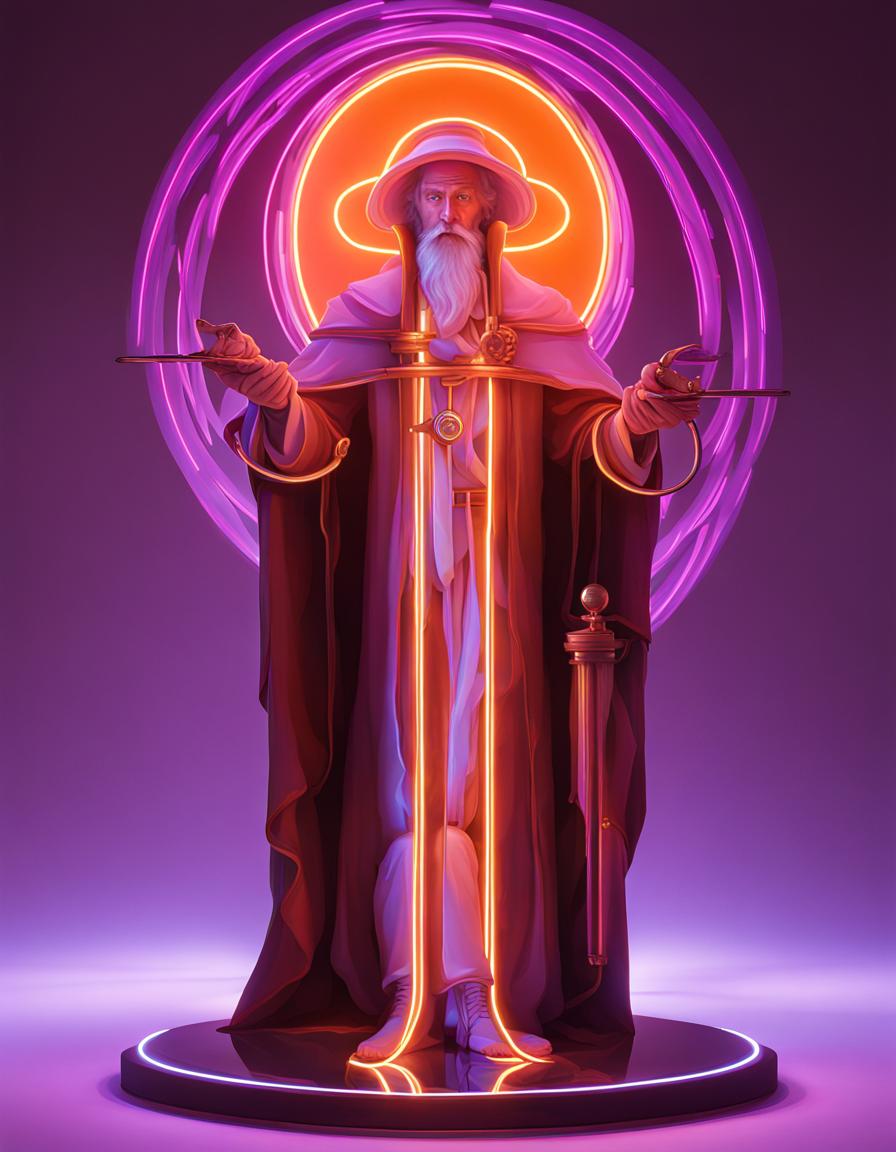I broke out of my routine, and now I suffer. Not only am I sick, but my day-night cycle is off. The holidays really did a number on me. I just wish my life worked smoothly. I wish the pieces fit into place.
I don’t know. I want to write more but I’m not in the mood either. That’s how it’s been lately. Just not in the mood for anything.
I have to change Bubba’s litterbox, but no small bags are left. I suppose I could use a large garbage bag but it seems so wasteful.
I’ve been spending a lot of time looking into Hermeticism. I think a lot of it aligns with my own beliefs. It branches out from my research into The Emerald Tablets. There’s a lot of skepticism around The Emerald Tablets. Consider how many fiction novels are read each day yet, people feel compelled to disclaim that The Emerald Tablets are a work of fiction. I think whether a work is of fact or fiction if there is something that can be taken away from it in a constructive sense, that it is valuable.
Hermeticism is a philosophical and esoteric tradition based largely upon writings attributed to Hermes Trismegistus, a legendary Hellenistic figure that combines aspects of the Greek god Hermes and the Egyptian god Thoth. These texts have greatly influenced Western esotericism and were considered of great importance during both the Renaissance and the Reformation.
The core teachings of Hermeticism revolve around several key principles, such as:
- The Principle of Mentalism: The idea that “The All is Mind” and that the universe is mental in nature.
- The Principle of Correspondence: Often encapsulated in the axiom “As above, so below; as below, so above.” This principle suggests a harmony or correspondence between various levels of being.
- The Principle of Vibration: Everything in the universe is in constant motion and vibration.
- The Principle of Polarity: Everything has its opposite, yet these opposites are essentially the same in nature but different in degree.
- The Principle of Rhythm: There is a natural ebb and flow in the universe, a constant movement to and fro, an incessant change.
- The Principle of Cause and Effect: Every cause has an effect, and every effect has a cause.
- The Principle of Gender: Gender exists on all levels of existence and manifests as masculine and feminine principles.
Hermeticism has a rich tradition of esoteric knowledge, focusing on the pursuit of gnosis, or direct knowledge of the divine. It often emphasizes the mystical and the transcendent, seeking to understand the deeper spiritual truths behind the material world. This tradition has influenced various other spiritual and magical traditions and continues to be a subject of interest in modern esoteric circles.
Who knows if Hermes Trimegistus was a real person or not? I think the teachings that are penned are his name hold value and insight. They do for me, at least for now. Here is a comprehensive video on the topic:
This video provides a comprehensive overview of Hermeticism, tracing its origins to the syncretic figure Hermes Trismegistus, a fusion of the Greek god Hermes and the Egyptian deity Thoth. It delves into the philosophy and teachings attributed to Hermes Trismegistus, including the famed Emerald Tablet and its dictum ‘as above, so below.’ The video explores the influence of Hermeticism on various esoteric traditions, its decline during the rise of modern science and the Church’s opposition, and its revival with the discovery of key Hermetic texts. It emphasizes the central Hermetic concept of achieving cosmic illumination and the transformative power of gnosis. The video also highlights the important roles played by figures like Marsilio Ficino in the Renaissance revival of Hermeticism and the nuances between Hermeticism and Gnosticism. It concludes by discussing the idea of man as a divine being and the choice between mortality and immortality in Hermetic thought.
Let me know what your thoughts are on Hermeticism.
Discover more from Whispers of Insight
Subscribe to get the latest posts sent to your email.





